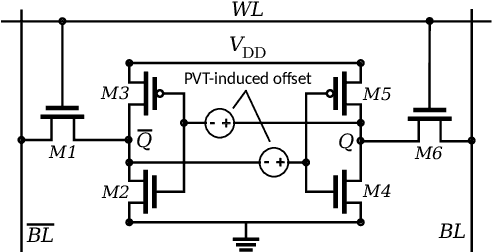Sung Kim
A Multimodal Approach for Advanced Pest Detection and Classification
Dec 18, 2023Abstract:This paper presents a novel multi modal deep learning framework for enhanced agricultural pest detection, combining tiny-BERT's natural language processing with R-CNN and ResNet-18's image processing. Addressing limitations of traditional CNN-based visual methods, this approach integrates textual context for more accurate pest identification. The R-CNN and ResNet-18 integration tackles deep CNN issues like vanishing gradients, while tiny-BERT ensures computational efficiency. Employing ensemble learning with linear regression and random forest models, the framework demonstrates superior discriminate ability, as shown in ROC and AUC analyses. This multi modal approach, blending text and image data, significantly boosts pest detection in agriculture. The study highlights the potential of multi modal deep learning in complex real-world scenarios, suggesting future expansions in diversity of datasets, advanced data augmentation, and cross-modal attention mechanisms to enhance model performance.
MATIC: Learning Around Errors for Efficient Low-Voltage Neural Network Accelerators
Mar 23, 2018



Abstract:As a result of the increasing demand for deep neural network (DNN)-based services, efforts to develop dedicated hardware accelerators for DNNs are growing rapidly. However,while accelerators with high performance and efficiency on convolutional deep neural networks (Conv-DNNs) have been developed, less progress has been made with regards to fully-connected DNNs (FC-DNNs). In this paper, we propose MATIC (Memory Adaptive Training with In-situ Canaries), a methodology that enables aggressive voltage scaling of accelerator weight memories to improve the energy-efficiency of DNN accelerators. To enable accurate operation with voltage overscaling, MATIC combines the characteristics of destructive SRAM reads with the error resilience of neural networks in a memory-adaptive training process. Furthermore, PVT-related voltage margins are eliminated using bit-cells from synaptic weights as in-situ canaries to track runtime environmental variation. Demonstrated on a low-power DNN accelerator that we fabricate in 65 nm CMOS, MATIC enables up to 60-80 mV of voltage overscaling (3.3x total energy reduction versus the nominal voltage), or 18.6x application error reduction.
 Add to Chrome
Add to Chrome Add to Firefox
Add to Firefox Add to Edge
Add to Edge